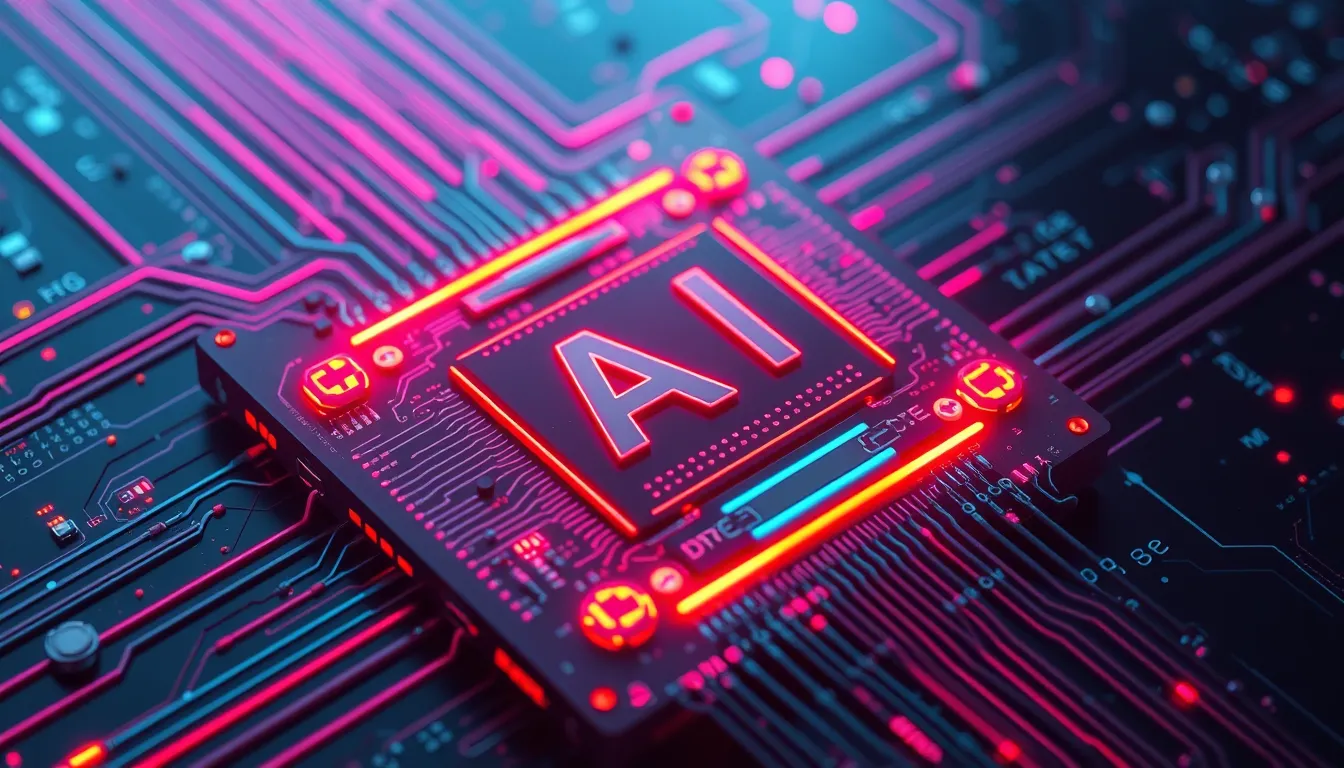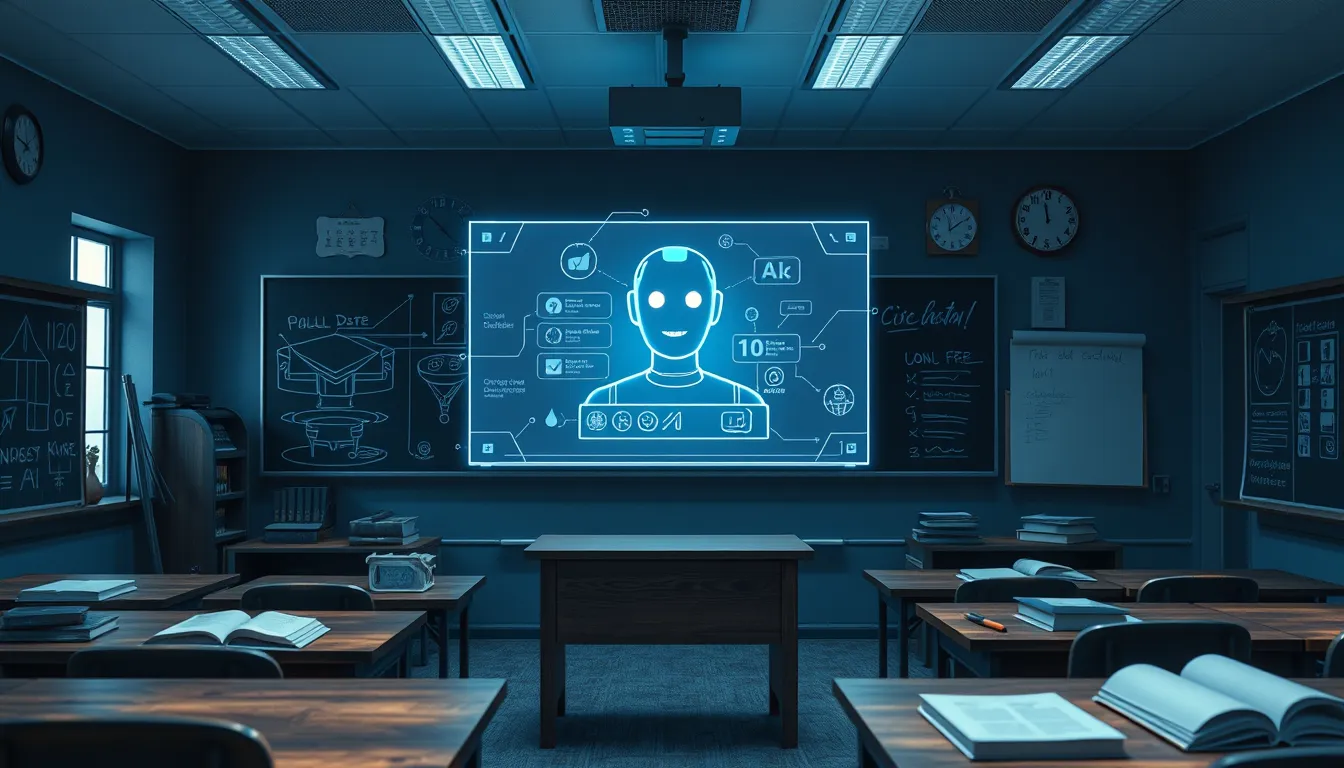Now Reading: Powerful AI in Healthcare Diagnostics: Boosting Patient Care
-
01
Powerful AI in Healthcare Diagnostics: Boosting Patient Care
Powerful AI in Healthcare Diagnostics: Boosting Patient Care

Powerful AI in Healthcare Diagnostics: Boosting Patient Care
The integration of artificial intelligence (AI) in healthcare diagnostics marks a new era in medical science. AI in healthcare diagnostics is transforming how diseases are detected and managed, providing faster and more accurate results. With the ongoing evolution of medical imaging and data analysis, healthcare professionals can now leverage AI tools to optimize patient care.
The Rise of AI in Healthcare
AI in healthcare has emerged as a critical technology with the potential to revolutionize diagnostic procedures. Over the past decade, advancements in machine learning and deep learning algorithms have driven significant improvements in medical diagnostics. This technology is not only streamlining diagnostic workflows but also reducing human error.
Key benefits of utilizing AI in diagnostics include:
- Improved diagnostic accuracy
- Faster results and reduced waiting times
- Enhanced medical imaging interpretation
- Predictive analytics for disease progression
Healthcare providers are increasingly integrating AI solutions to complement traditional diagnostic methods. By analyzing large volumes of data, AI algorithms are capable of identifying patterns that might escape even the most experienced clinicians. This leads to earlier detection of ailments and more timely medical interventions.
How AI Improves Diagnostic Accuracy
Incorporating AI in healthcare diagnostics plays a pivotal role in enhancing accuracy and efficiency. For instance, AI medical imaging tools help radiologists detect minute anomalies in scans that may indicate early stages of diseases like cancer. By utilizing these advanced algorithms, diagnostic inconsistencies can be minimized and overall patient outcomes improved.
Some key ways in which AI improves diagnostic accuracy include:
- Automated analysis of imaging data
- Integration of patient history with real-time test results
- Enhanced pattern recognition capabilities
- Reduction in false positives and negatives
Studies have shown that when AI is used in tandem with traditional diagnostics, there is a significant increase in the detection rate of complex conditions. A recent report highlighted how AI tools have reduced diagnostic errors by over 20%, reinforcing the importance of this technology in modern medicine.
Overcoming the Challenges of AI Implementation
Despite the promising future, integrating AI in healthcare diagnostics also presents challenges. Some of the key issues include regulatory approvals, data privacy concerns, and the need for extensive training of healthcare personnel. To overcome these obstacles, many institutions have begun adopting comprehensive validation procedures and robust security protocols.
Important considerations include:
- Ensuring patient data is anonymized and secure
- Continuous monitoring of AI performance
- Regular system updates and maintenance
- Collaboration between tech developers and medical experts
By addressing these challenges, the healthcare industry can fully harness the power of AI. Institutions such as OpenAI and other tech innovators are actively working to bridge the gap between technology and medicine, ensuring safer and more effective diagnostic practices.
AI Disease Prediction and Future Trends
Another exciting aspect of AI in healthcare diagnostics is its ability to predict disease progression. Through predictive analytics, AI systems can analyze trends in patient data to forecast potential health risks. This proactive approach can alert medical professionals to changes in a patient’s condition before they become critical.
Looking ahead, the trend for AI in healthcare is both increasing and promising. With ongoing investments in technology and research, we can expect further innovations that will drive even greater integration of AI into everyday clinical practice. Some future trends include:
- Enhanced integration of wearable technologies with AI monitoring systems
- Increased adoption of telemedicine powered by AI diagnostics
- Development of personalized treatment plans based on AI-driven insights
Conclusion
AI in healthcare diagnostics is not just a technological advancement; it is a transformative force that is redefining how we approach medical diagnostics. With its ability to improve accuracy, expedite diagnostic processes, and predict disease progression, AI serves as a powerful ally in the fight against illness. As healthcare continues evolving, the integration of AI will undoubtedly lead to better patient outcomes and a more efficient healthcare system.
In summary, the future of healthcare diagnostics is bright. Embracing AI in healthcare diagnostics will not only enhance the quality of care but also pave the way for groundbreaking innovations that benefit patients, providers, and the entire medical community. By staying at the forefront of this digital revolution, the healthcare industry is set to achieve unprecedented improvements in diagnostic procedures and patient care.

























